Increasing Vehicle Production
The automotive industry is witnessing a robust increase in vehicle production, which directly influences the Automotive Lead Acid Battery Market. As manufacturers ramp up production to meet consumer demand, the need for reliable energy storage solutions becomes paramount. In 2025, the production of passenger vehicles is projected to reach approximately 80 million units, indicating a steady growth trajectory. This surge in vehicle production necessitates a corresponding rise in battery supply, particularly lead acid batteries, which are favored for their cost-effectiveness and reliability. Consequently, the Automotive Lead Acid Battery Market is likely to experience heightened demand, driven by the expanding automotive sector.
Growth in Electric Vehicle Adoption
While electric vehicles (EVs) primarily utilize lithium-ion batteries, the growth in EV adoption indirectly benefits the Automotive Lead Acid Battery Market. As the automotive landscape evolves, hybrid vehicles that combine internal combustion engines with lead acid batteries are gaining traction. In 2025, the hybrid vehicle market is expected to grow by over 15%, creating a niche for lead acid batteries in these applications. This growth indicates that the Automotive Lead Acid Battery Market may see increased opportunities as manufacturers develop batteries that cater to the specific needs of hybrid vehicles, thus diversifying their product offerings.
Rising Demand for Start-Stop Systems
The adoption of start-stop systems in vehicles is becoming increasingly prevalent, significantly impacting the Automotive Lead Acid Battery Market. These systems enhance fuel efficiency by automatically shutting off the engine during idle periods and restarting it when needed. As a result, the demand for advanced lead acid batteries, specifically absorbed glass mat (AGM) batteries, is on the rise. In 2025, it is estimated that nearly 30% of new vehicles will be equipped with start-stop technology, thereby increasing the need for high-performance batteries. This trend suggests that the Automotive Lead Acid Battery Market will likely expand as manufacturers seek to provide batteries that meet the rigorous demands of start-stop systems.
Cost-Effectiveness of Lead Acid Batteries
The cost-effectiveness of lead acid batteries continues to be a driving force in the Automotive Lead Acid Battery Market. Compared to alternative battery technologies, lead acid batteries offer a lower initial investment, making them an attractive option for budget-conscious consumers and manufacturers alike. In 2025, the average price of lead acid batteries is projected to remain stable, further solidifying their position in the market. This affordability, combined with their established performance and recycling capabilities, suggests that lead acid batteries will maintain a significant share in the automotive sector. Consequently, the Automotive Lead Acid Battery Market is likely to thrive as cost considerations remain a priority for many stakeholders.
Regulatory Support for Recycling Initiatives
Regulatory frameworks promoting recycling initiatives are increasingly influencing the Automotive Lead Acid Battery Market. Governments worldwide are implementing policies aimed at enhancing battery recycling rates, which is crucial for sustainability and environmental protection. In 2025, it is anticipated that regulations will mandate higher recycling targets for lead acid batteries, thereby encouraging manufacturers to adopt more sustainable practices. This regulatory support not only fosters a circular economy but also enhances the reputation of lead acid batteries as an environmentally friendly option. As a result, the Automotive Lead Acid Battery Market may benefit from increased consumer confidence and demand for batteries that align with these sustainability goals.


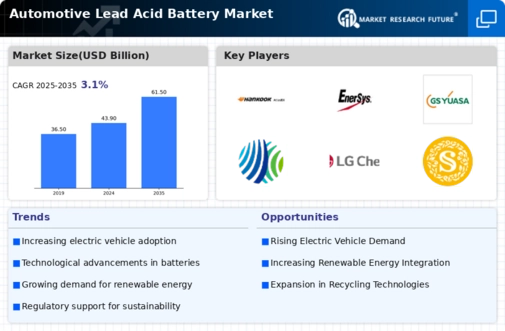
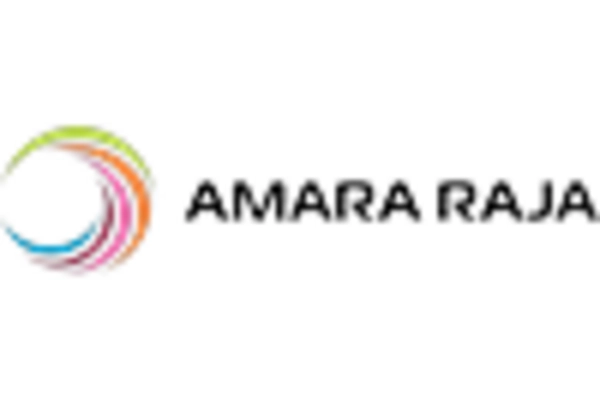
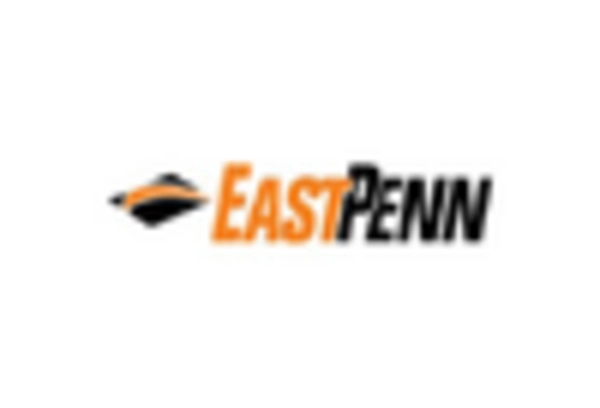
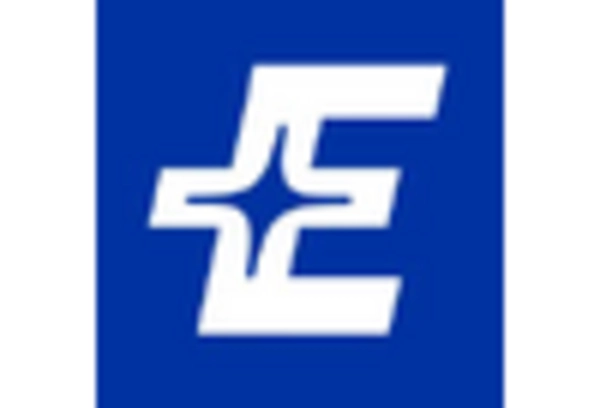


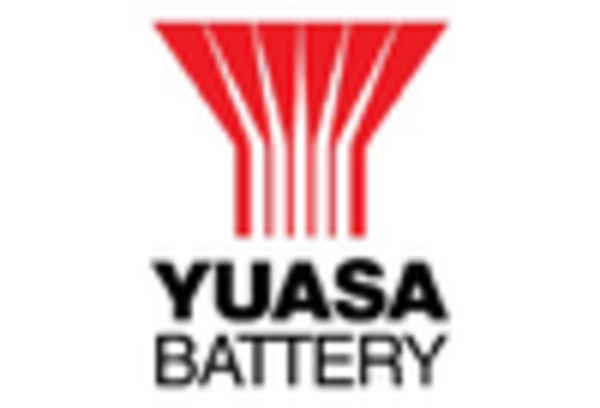








Leave a Comment